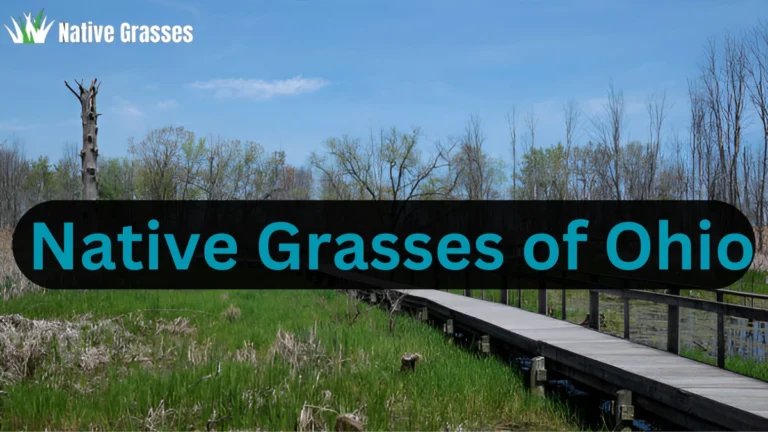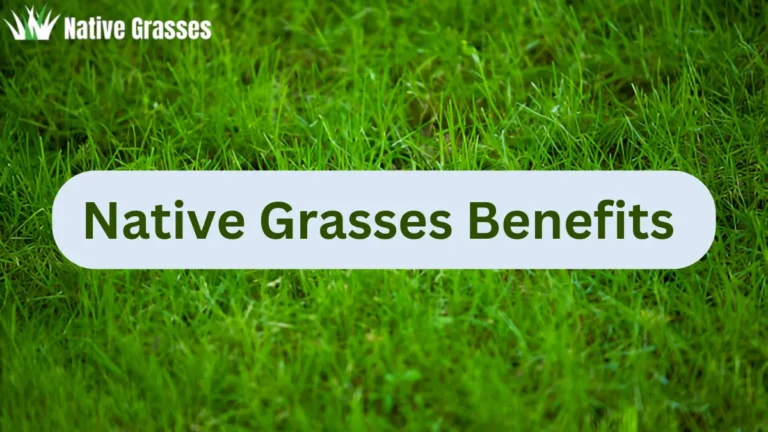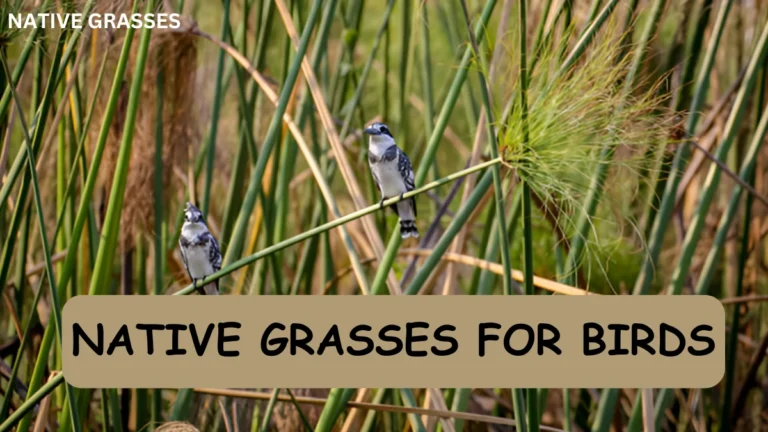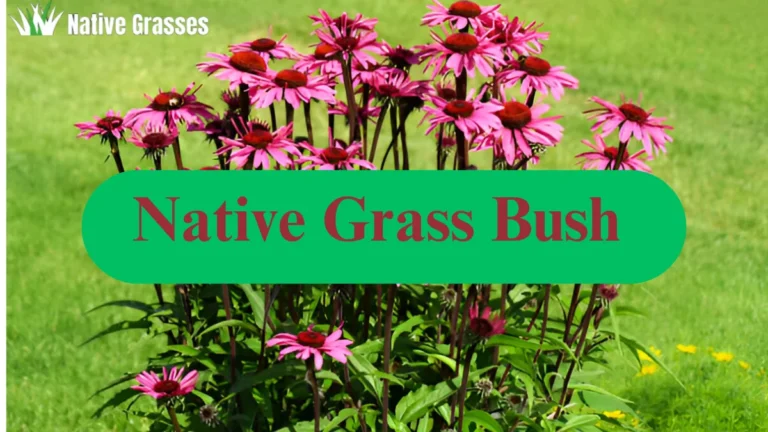Native Plants Unlimited: A Guide Gardening and Landscaping
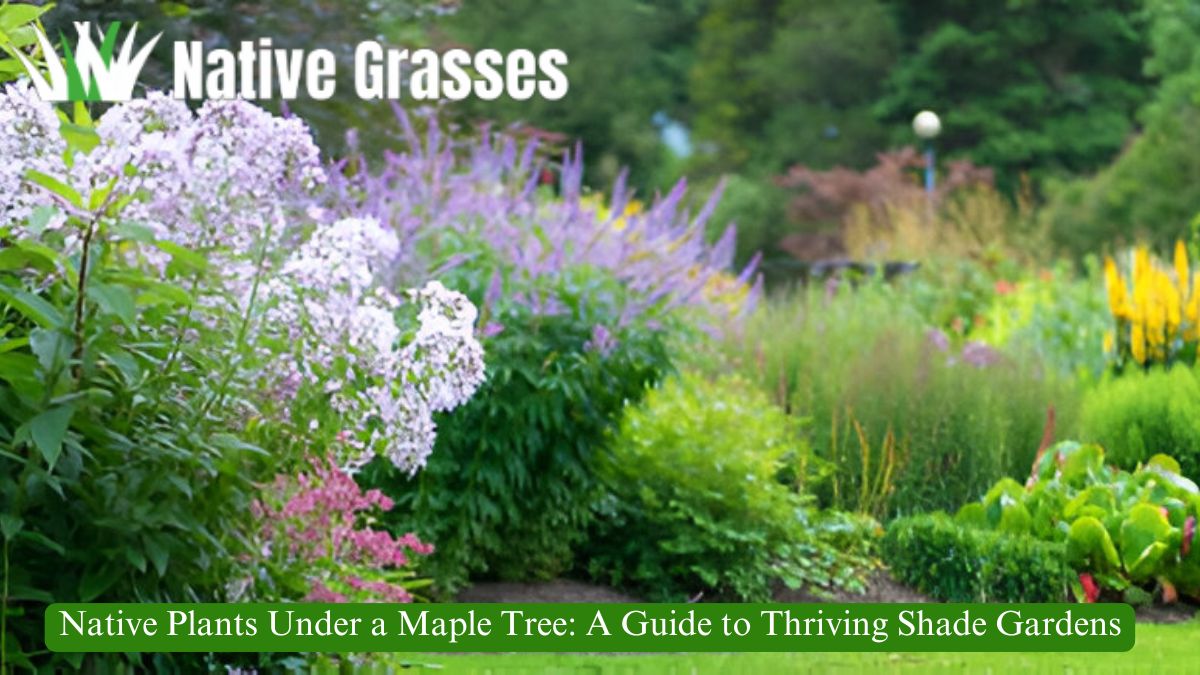
Gardening isn’t just about making your outdoor space beautiful; it’s also about making choices that benefit the environment. By incorporating native plants into your garden, you can create a thriving, eco-friendly landscape that supports local wildlife, saves water, and reduces maintenance costs. Native Plants Unlimited is a movement dedicated to promoting these eco-conscious choices for gardeners and landscapers everywhere.
If you’re curious about native plants, how they benefit the environment, and how to get started, this guide will walk you through everything you need to know.
What Are Native Plants?
Native plants are species that have evolved naturally in a specific region over thousands of years. They are perfectly adapted to the local climate, soil, and wildlife, which makes them a cornerstone of healthy ecosystems.
Characteristics of Native Plants
- Thrive without human intervention.
- Resistant to local pests and diseases.
- Requires minimal watering and fertilizing.
Examples of Native Plants
Here are some examples of native plants from different regions:
| Region | Native Plant Examples |
| Midwest (USA) | Purple Coneflower, Switchgrass |
| Southwest (USA) | Agave, Desert Marigold |
| South Africa | Protea, Wild Olive |
| Australia | Kangaroo Paw, Eucalyptus |
Native plants differ from non-native or invasive species, which can disrupt ecosystems by outcompeting local flora and altering habitats.
Why Check Out Native Plants Unlimited?
Native Plants Unlimited is an initiative aimed at helping people transition to eco-friendly gardening practices. It provides:
- Expert advice on native plant selection.
- Access to certified native plant nurseries.
- Educational resources about sustainable landscaping.
By supporting Native Plants Unlimited, you’re not just enhancing your garden but also contributing to environmental conservation.
Benefits of Using Native Plants
Native plants offer a wide range of benefits that go beyond aesthetics. Let’s dive into why they’re a smart choice for your garden.
Environmental Benefits
- Support Local Wildlife: Native plants provide food and shelter for pollinators like bees, butterflies, and birds. For example, milkweed is crucial for monarch butterflies.
- Conserve Water: Native plants are adapted to local rainfall patterns, reducing the need for supplemental watering.
- Improve Soil Health: Their deep root systems help prevent erosion and promote nutrient recycling.
Economic Benefits
- Lower Maintenance Costs: Since native plants thrive naturally, they require less fertilizer, pesticides, and water, saving you money.
- Long-Term Investment: Once established, native gardens are more resilient and require minimal upkeep.
Aesthetic and Practical Benefits
- Unique Beauty: Native plants add a distinctive regional charm to your garden.
- Functional Landscaping: Use native plants as natural windbreaks, shade providers, or rain gardens.
How to Get Started with Native Plants
Transitioning to a native plant garden might seem overwhelming, but with a little planning, it’s easier than you think.
Planning Your Garden
- Assess Your Space: Determine the soil type, sunlight, and moisture levels in your garden.
- Choose Plants Wisely: Research plants native to your region. Use resources like the Native Plant Finder to identify suitable species.
- Design Your Layout: Group plants with similar water and sunlight needs. Include layers (trees, shrubs, ground cover) for a diverse ecosystem.
Sourcing Native Plants
- Visit local native plant nurseries or organizations.
- Avoid purchasing plants labeled as “invasive” or hybrids that may not offer the same benefits.
Planting and Maintenance
- Timing: Plant native species during their optimal season. Fall is often ideal as it allows roots to establish before summer heat.
- Watering: Water only during the establishment phase; native plants will eventually rely on natural rainfall.
- Pest Control: Encourage natural predators and avoid chemical pesticides.
Overcoming Common Challenges
Misconceptions About Native Plants
- Myth: Native plants look untidy.
Fact: Proper design and pruning can create a polished and intentional appearance. - Myth: Native plants aren’t suitable for urban gardens.
Fact: Compact native species can thrive in small spaces and even containers.
Dealing with Invasive Species
Invasive species can choke out native plants. Be vigilant about removing unwanted plants and replacing them with natives.
Community Concerns
Encourage your neighbors by showcasing how native gardens can be both beautiful and beneficial. Share resources and invite them to participate in local planting projects.
Success Stories and Case Studies
Restoring a Pollinator Paradise
A suburban family transformed their lawn into a native garden with plants like milkweed, goldenrod, and coneflowers. Within months, they noticed a surge in butterflies and bees.
“Our yard has become a haven for wildlife, and we’ve drastically reduced our water usage.”
Public Park Transformation
A city replaced a neglected park with native plants, reducing maintenance costs by 50% and increasing community engagement. Visitors now enjoy seasonal blooms and diverse wildlife sightings.
Native Plants for Specific Goals
| Goal | Recommended Native Plants |
| Pollinator Garden | Milkweed, Bee Balm, Black-Eyed Susan |
| Rain Garden | Joe-Pye Weed, Blue Flag Iris, Switchgrass |
| Low Maintenance | Yucca, Prairie Dropseed, Blanket Flower |
How to Get Involved
Volunteer Opportunities
Join local native plant organizations to help with planting projects, educational events, or cleanups.
Advocate for Native Landscaping
Work with local councils to promote native plants in public spaces like parks and medians.
Expand Your Knowledge
Attend workshops, webinars, and plant sales hosted by native plant groups.
Conclusion
Native plants are more than just a trend; they’re a sustainable solution for gardeners looking to make a positive environmental impact. Whether you’re creating a pollinator paradise or reducing your maintenance workload, native plants offer unmatched benefits for both you and the planet.
By embracing native plants, you’re not just beautifying your space—you’re contributing to a healthier, more resilient ecosystem. Start with Native Plants Unlimited today and be part of the solution.
Transform your garden, transform the world—one native plant at a time.
FAQ,s
What are native plants?
Native plants are species that naturally occur in a specific region and thrive in its climate and soil conditions.
Why should I choose native plants for gardening?
Native plants support local ecosystems, require less maintenance, and conserve water.
Can native plants attract wildlife?
Yes, native plants provide food and shelter for pollinators, birds, and other local wildlife.
Do native plants need special care?
Once established, native plants are low-maintenance and adapt well to local conditions.
Where can I find native plants for my garden?
You can source native plants from local nurseries, native plant societies, or reputable online suppliers.


